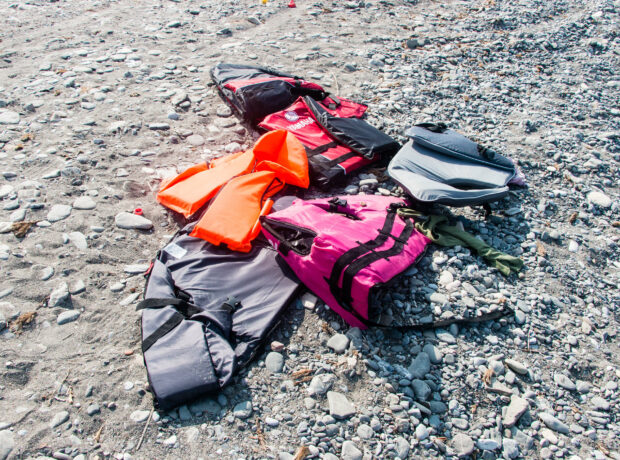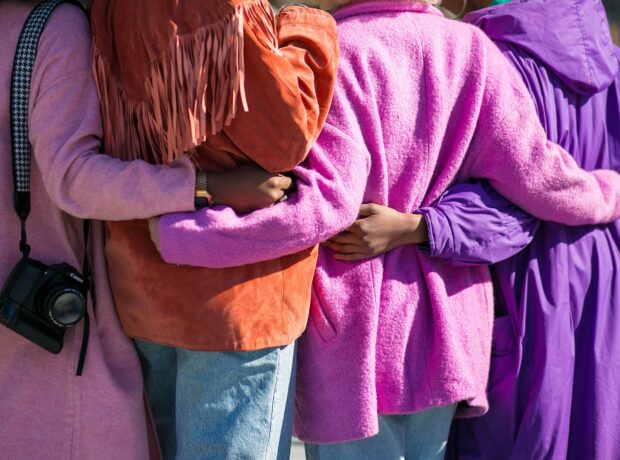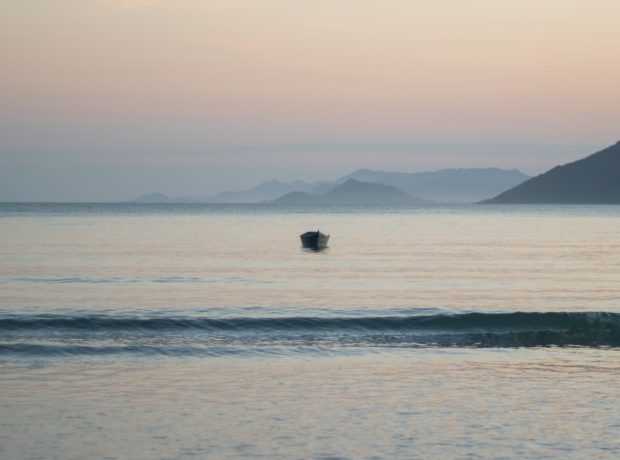The Iberian Peninsula contains some of the most depopulated areas in Europe, a problem that sinks its roots in the development policies of the last century. Today, the region is seen as the worst affected by this phenomenon in the EU. Documentary photographer Adrián Domínguez has visited the Spanish Celtiberian Range (Serranía Celtibérica) and spoken to some of its inhabitants.
Spain is home to the area most affected by depopulation in the European Union, the so-called ‘Universal Mountains’ (Montes Universales) along the Celtiberian Range. This region gathers a multitude of abandoned and deteriorated towns, some of which have only a single inhabitant left. The European Commission has recently discussed this growing problem for the first time.
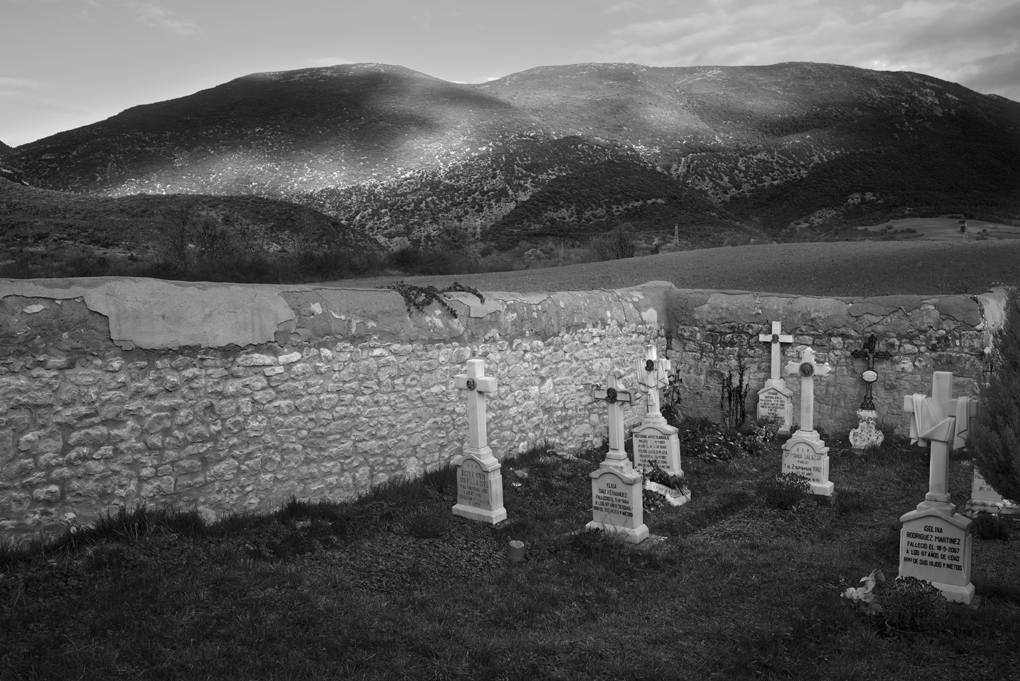
Tobalina Valley, Celtiberian Range.
Spain confronts this problem throughout the countryside. Across the country we find a large number of sparse rural hubs, where only a few neighbours resist the fate consigned to them by rural policy. The Celtiberian Range is the area worst affected by depopulation, with hundreds of abandoned villages. This is the least densely populated territory in the EU (1.63 people per km2), a situation more extreme than that of Lapland or Siberia.
“It is a demographic desert that we consider biologically dead,”
Says Javier Pérez, president of the Association against Rural Depopulation (ACDR). He explains that since the years of fast industrialisation of the 1960s entire generations have deserted these towns. In the absence of policies to balance the rural/urban divide, the countryside suffered a process of disintegration from which it has never recovered.
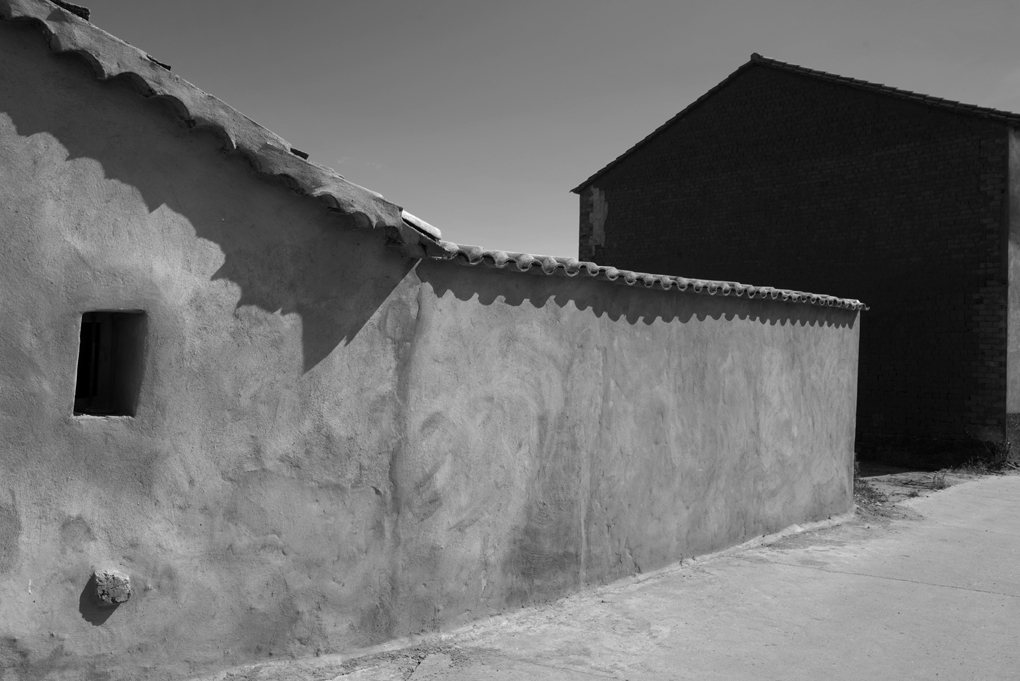
Depopulated site of Almazán
“The causes of depopulation are not natural but political; investment has focused on the cities and forgotten the countryside.”
The rural exodus began in the mid-twentieth century, driven by the ‘developmentalist’ policies of General Franco’s dictatorship, which framed the large cities and the coastal regions as the main sites of economic development. Ever since, rural areas have faced the chronic problem of an aging population that gradually dies out without new generations to replace them.
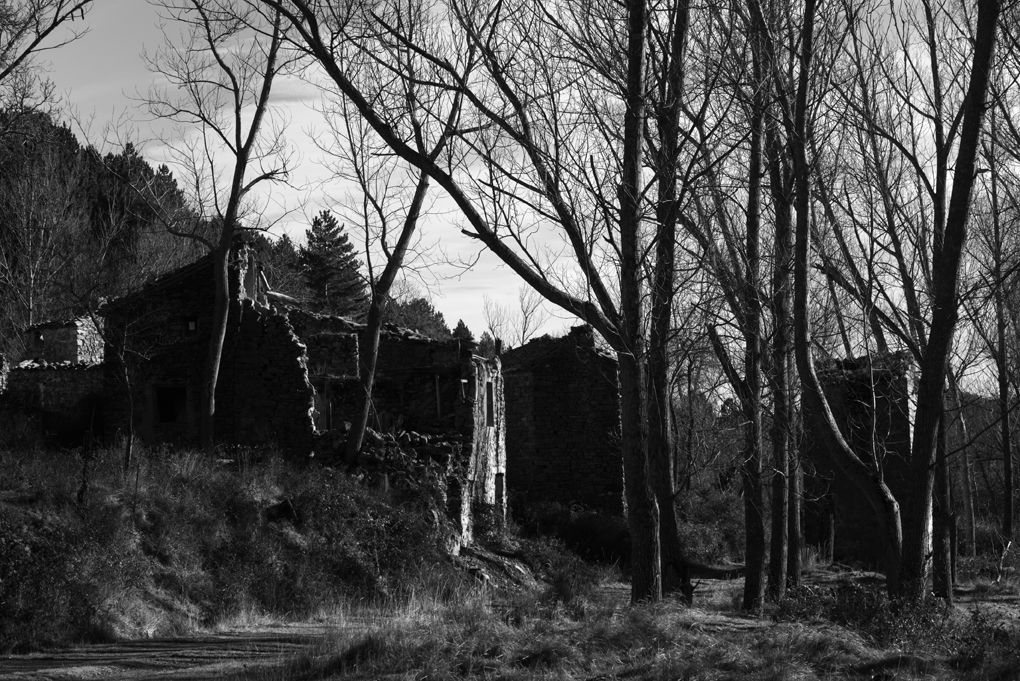
Depopulated site of Valdemoro
The European Union considers a territory to be ‘depopulated’ when it bears less than 8 people per km2. This is a phenomenon in the central regions of Spain, particularly in mountainous areas, where there are often fewer than 3 people per km2.
“Our population pyramid has no base; it is a mountainous region, depopulated, rural and remote.”
The problem is widespread, according to the National Institute of Statistics (INE). Out of the country’s 17 regions, only Madrid, the Canary Islands, the Balearic Islands, Murcia, and Andalusia are expected to see population growth in the next 15 years.
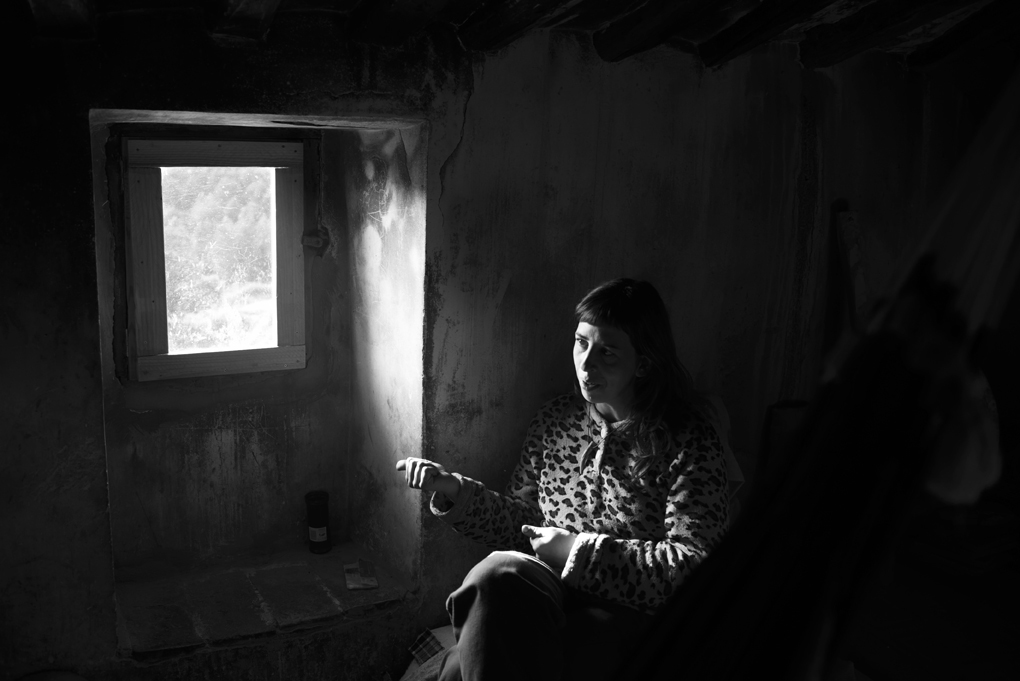
Lorena (Armejún)
Armejún is a depopulated mountainside town. The vast majority of its houses and urban spaces are empty. Though access is difficult, the town is slowly recovering thanks to the Association of Friends of Armejún (AAA) and their reforestation and rehabilitation initiatives. Some people now live there all year, adapting to the environment by recycling and using sustainable energy. But there is still a sense of insecurity.
“I want to be a mother, but I feel uncertain about having a baby here,” says Lorena who used to live in Armejún. She wanted to have a child and worried about the difficult access of the town and its lack of resources. She has recently relocated to a nearby town so that she can have her child there.
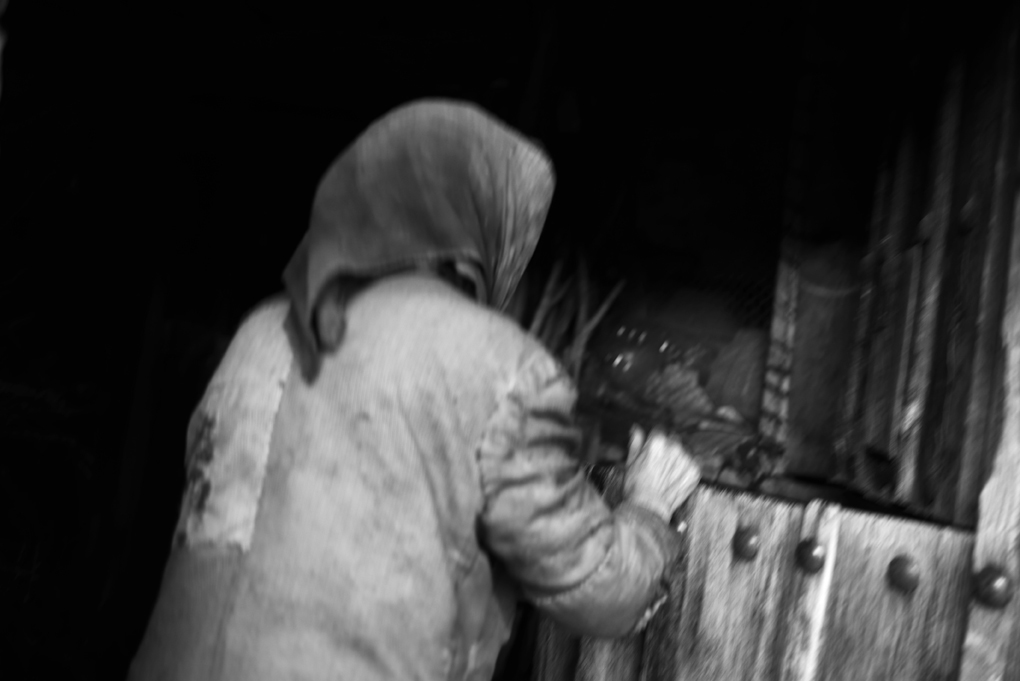
Romana
Romana is the only inhabitant left in her Celtiberian village. Her husband died two years ago, and although she had then been staying in a retirement home for some time, she has now decided to return home. She is 87 years old, walks an entire day to do the shopping, grows her own vegetables, and gathers firewood every day. She complains, “When will they fix the path? My knees hurt and I find it difficult to walk over the stones on the way.”
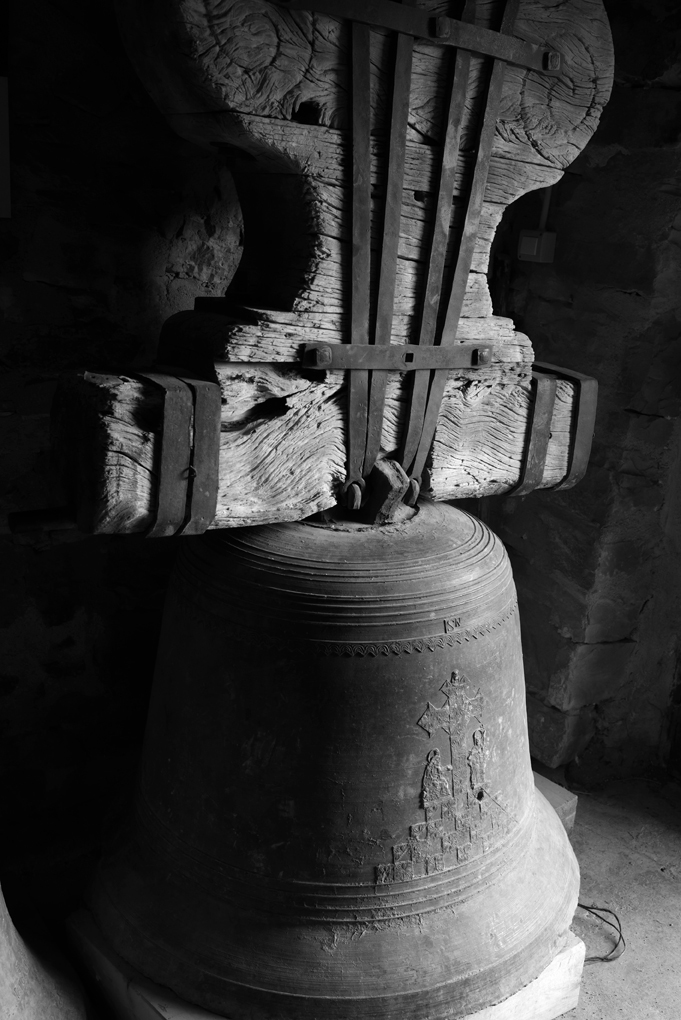
Sarnago
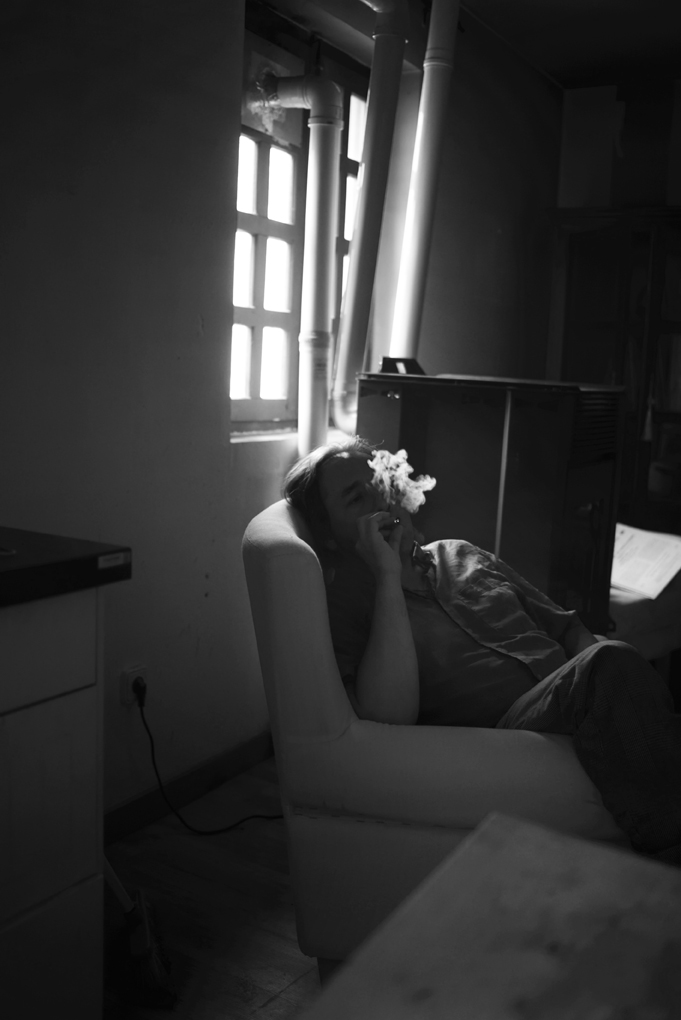
Pablo
Sarnago is a depopulated village a few miles away from the main town in the district; one can access it easily via well maintained forest trails. The town is made up of some twenty renovated houses, a central square and a church; the rest are ruins. An extremely active neighbourhood co-operative has succeeded in securing subsidies to restore the town. They have also re-established some of its ancestral traditions and publish an annual magazine about the town and the district.
Twenty kilometres away is the village of Yanguas with 140 inhabitants. Pablo has lived there for the last two years. He is Argentinian and previously lived in Barcelona for several years. Looking for an alternative way of life, he found this town with the help of the Association against Rural Depopulation. He is a poet and musician and is working on a digital magazine on rural issues. He says, “Here I pay around 300 € for food and a home.”
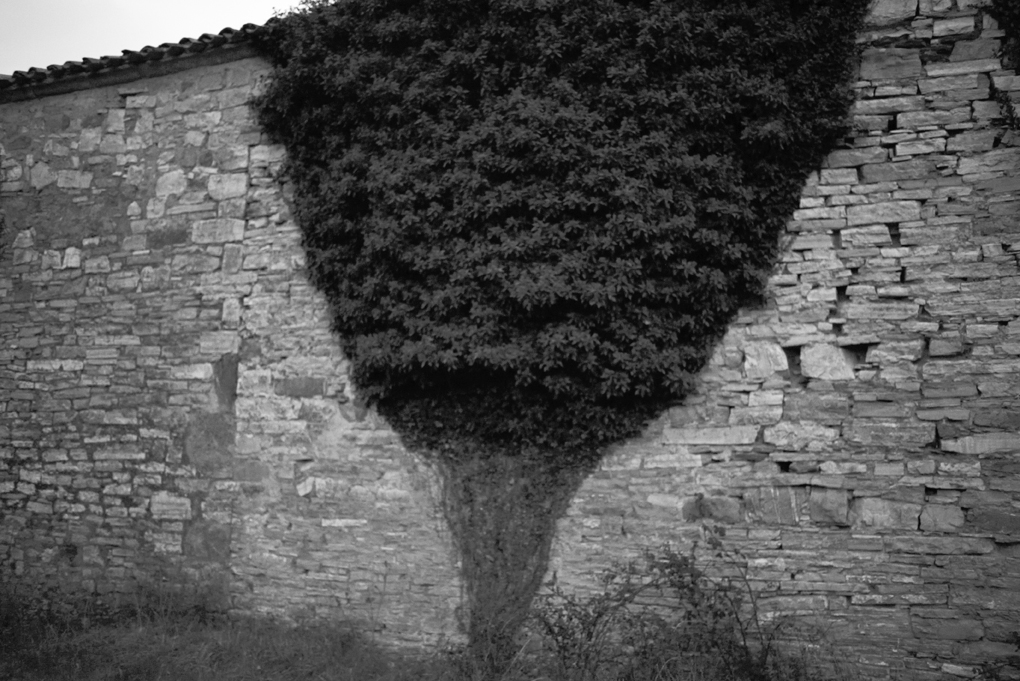
La Cuesta
“It’s more easy to secure subsidies to rehabilitate the church than to fix the streets or the houses”
Close by, La Cuesta is an abandoned site but with easy access; one can reach it by following a road on foot. Some years ago an association that helps recovering drug addicts occupied the village. That project no longer exists, but there are some neighbours here seeking a sustainable lifestyle. Javier lives here all year along with three or four other neighbours, although he claims there can be up to 80 people in the summer. The locals rely on the seasonal collection of mistletoe and mushrooms, plentiful in the area, to support their economy. But the village’s prospects for survival are under threat. With many rural schools closing down across Spain, future generations are less likely to grow up in these remote places. Depopulation is made more likely because of problems with transport, health care and limited employment opportunities. Throughout Spain, rural and mountainous areas experience significant difficulties in sustaining their primary occupations in agriculture. Physical conditions (climate and soil) and small-scale farming have limited their competitive performance. Vast rural areas are marked by widespread social marginalisation and reduced physical and economic viability.

Rehabilitated school.
“Many families have abandoned the villages and there are no longer any children”
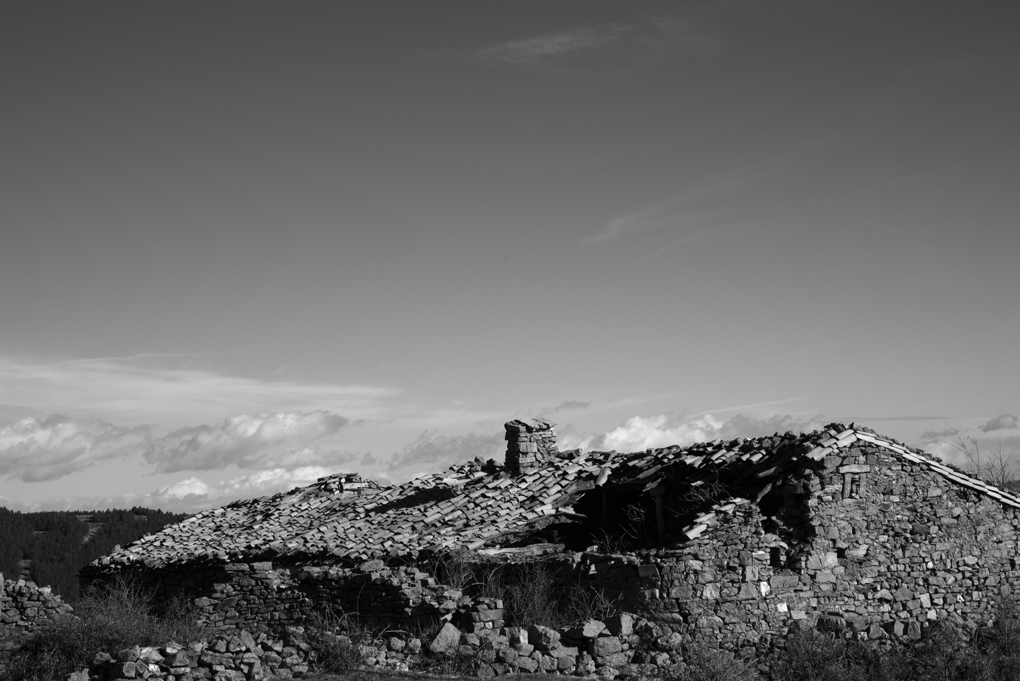
Abandoned siye of Buimanco
The region of Castile-León suffers most from population decline in Spain, with abandoned sites in every single one of its provinces. This despite having more than half of Spain’s natural and cultural heritage and being closely monitored by UNESCO and the United Nations. But rural organisations are becoming increasingly aware of the lobbying capacities of commercial pressure groups, seeking to affect policy. At the same time, they believe that international awareness can exert pressure on national and regional governments. If successful, support for affected communities may transform these places into viable as places to live.
WeLAND is a long-term documentary project on the Iberian Peninsula and its ecosystems, observed from an anthropological perspective that primarily explores social, cultural and environmental issues. The project enquires into us as a species, into our roles with nature as social beings, and into the culture and folklore derived from primary bonds. We are living a crisis as a species, our economic and social systems have reached their limits. Exodus and migrations alert us that there are places where we cannot live anymore. However, nature escapes our whims and will not be expecting us. The rural world is still home to 20% of the world’s population and occupies 80% of the territory. Undoubtedly, we face a decisive time to move forward or backward. If we are to transcend this impasse, we ought to become more involved with the elements, where our emotions awaken spontaneously and where we can get to really feel like ourselves.
The project is divided in three main chapters: THE DEPOPULATION OF EUROPE/«NEO-RURALS»/WILD IBERIA
